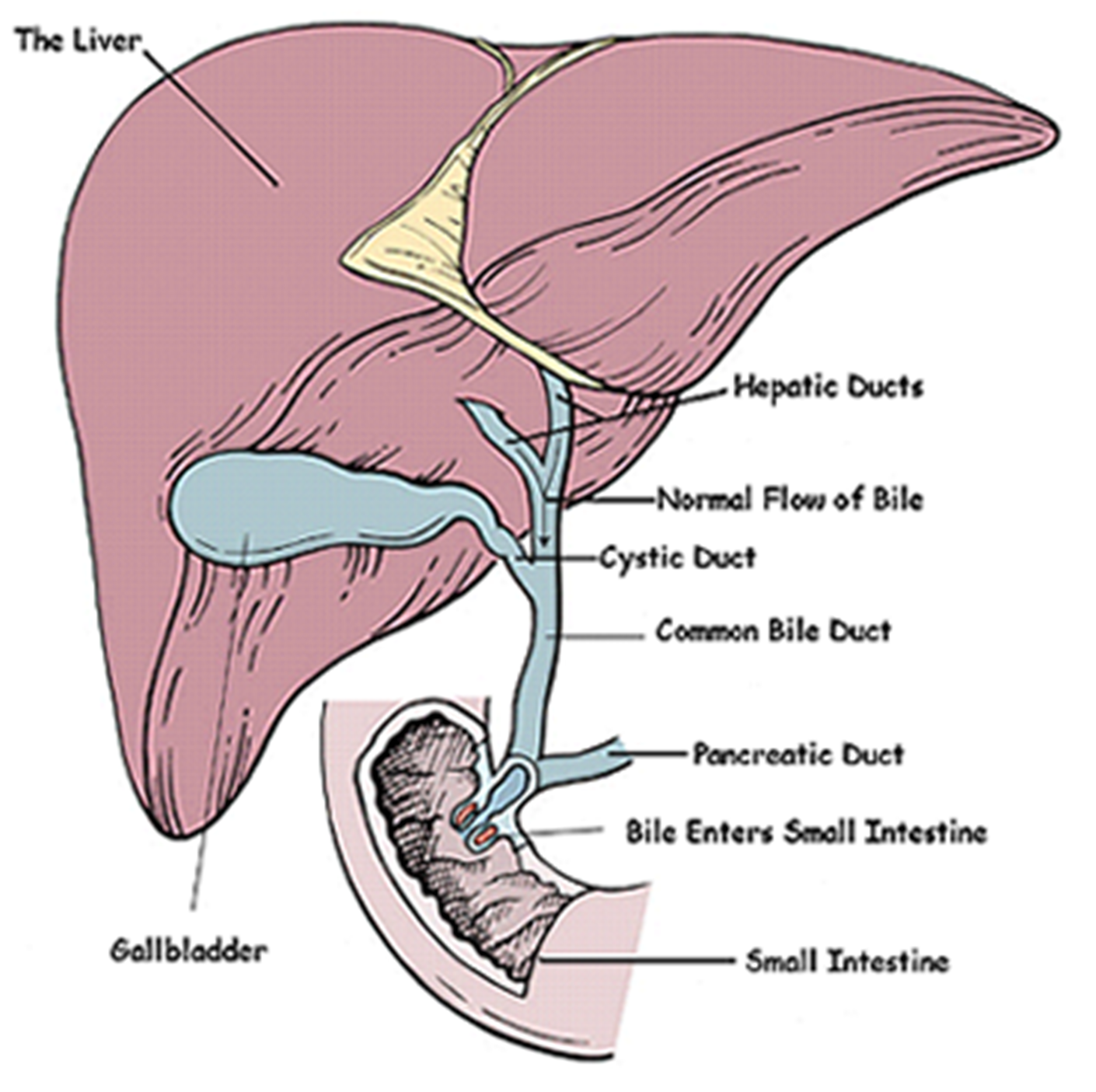The liver is the largest solid organ in the body and sits just below the diaphragm on the right side of the abdomen. It is essential to keeping the body functioning properly. It removes poisons from the blood and produces nearly all the proteins found in the blood, some of which regulate the clotting of blood and control of infections. The liver also produces bile which is essential for p absorbing fats, fat-soluble vitamins, and other fat-soluble nutrients from our food.
Signs of Infant Liver Disease
If the liver is not working properly in a baby, there are signs that can appear. Jaundice is caused by a buildup of bilirubin in the blood, which is then deposited in the skin and the whites of the eyes, turning them yellow. The abdomen may look swollen, or the surface blood vessels may appear more prominent. The urine may be dark yellow or brown. The stools are often grey or white instead of green or yellow. There may also be bleeding or easy bruising. The blood might contain higher than normal levels of liver enzymes that can be detected on routine blood test analyses. The liver may feel large and firm or look large on an x-ray.
Jaundice, if it occurs in the first few days after birth and then goes away by about a week of age, is not harmful; this is called 'physiologic jaundice.' Jaundice that remains or increases after a week from birth, or 14 days for preterm infants, may be due to a build-up of bile in the liver (cholestasis) and requires further testing.



The Biliary Tract
Bile is a fluid made in and released by the liver. It flows from the liver, through the bile ducts and into the small intestine where it is needed for the digestion of fats. The gallbladder is an organ which stores bile produced by the liver. Eating signals the gallbladder to contract and send bile down the common bile ducts to the small intestine.